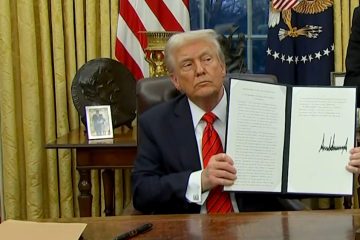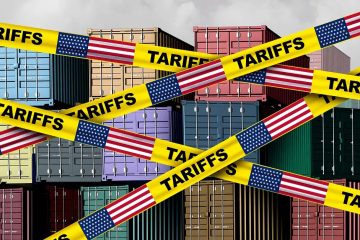India abolishes larger banknotes in fight against graft, “black money”

NEW DELHI Indian Prime Minister Narendra Modi on Tuesday announced that 500 and 1,000 rupee banknotes would be withdrawn from circulation at midnight to crack down on rampant corruption and counterfeit currency.
The surprise move was designed to bring billions of dollars worth of cash in unaccounted wealth into the mainstream economy, as well as hit the finances of militants who target India and are suspected of using fake 500 rupee notes to fund operations.
“Black money and corruption are the biggest obstacles in eradicating poverty,” Modi said in a hastily convened address to the nation after a cabinet meeting.
Nearly 40 percent of India’s economy is driven by small- and medium-sized enterprises that largely run on cash transactions. Economists said the move could impact these businesses, and in turn have a knock-on effect on economic growth.
There was concern among members of the public about changing larger denomination banknotes for new ones once they expired.
Around a dozen people lined up to use an ICICI cash deposit machine in suburban Mumbai soon after the announcement, trying to deposit bundles of 500 and 1,000 rupee notes.
The machine stopped working after 10 minutes. Only two customers managed to deposit their money, and a security guard informed the rest that the cash dispenser has reached its limit and would not accept any more.
Delhi taxi driver Anu Choudhury said his boss called to say he should not accept 500 or 1,000 rupee notes from customers.
“This is not a good step for business. The prime minister did not think about people like us.”
BIG MONEY OUTFLOWS
Modi’s ruling Bharatiya Janata Party came into power in 2014 promising to bring black market money into the regular financial system, but critics said it had failed, with government data showing the cash economy outpacing the formal economy.
A report by Washington-based think-tank Global Financial Integrity estimated that India lost $ 344 billion in illicit fund outflows between 2002 and 2011.
The finance ministry said India would introduce new banknotes of 500 and 2,000 rupees from Nov. 10. The old notes can be deposited in banks and post offices from Nov. 10 to Dec. 30. All cash machines will be closed on Wednesday and Thursday.
The head of the Reserve Bank of India, Urjit Patel, said he saw no impact on liquidity in the wholesale market and that the bank had ramped up production of the new series of notes over the last few months.
Modi said militants operating against India were using fake versions of the 500 rupee note, worth about $ 7.50 at current exchange rates.
“Terrorism is a frightening thing … But have you ever thought about how these terrorists get their money? Enemies from across the border have run their operations using fake currency notes. This has been going on for years,” Modi said.
India accuses its neighbor Pakistan of harboring militants who have launched attacks on its troops, particularly in the disputed Himalayan region of Kashmir which both countries claim. Pakistan denies the accusations.
CAUGHT BY SURPRISE
Some officials and experts said Tuesday’s move was the biggest in decades aimed at fighting graft.
“It is like a surgical strike on black money,” said Revenue Secretary Hasmukh Adhia.
But the head of a state-run bank said it was not fully prepared for the change.
“This is news for us also. I’m not aware how much stock we have in our chest. The Reserve Bank will have to provide us with required cash to meet the demand. The demand will be very high no doubt,” said the bank chief, who did not want to be named as he was still awaiting details.
Government data show circulation of current notes has outpaced the expansion in India’s economy.
In the past five years, circulation of all currency notes grew 40 percent, compared with 30 percent growth in Asia’s third-largest economy.
The growth in 500 and 1,000 rupee banknotes was even steeper; 500 rupee notes grew 76 percent between 2011 and 2016, while in the same period, 1,000 rupee notes rose by 109 percent.
The head of the country’s largest government-owned lender, State Bank of India, said she had just been advised about the government’s decision.
“We have handled demonetisation earlier and will do so again. Tomorrow banks will remain closed in order to withdraw these notes from counters and ATMs. We will strive to restock ATMs at the earliest and make them operational,” said chairman Arundhati Bhattacharya.







